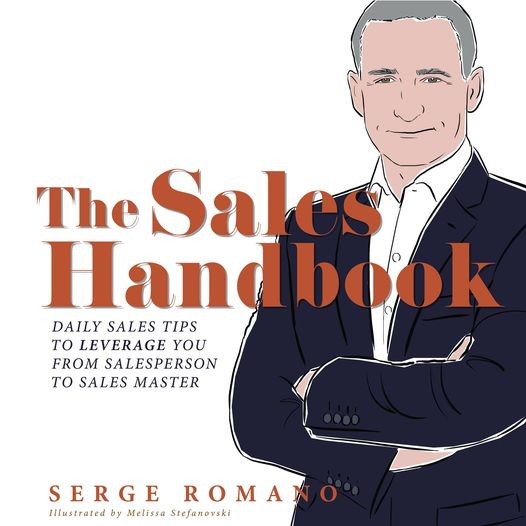


NOTE: This is a reworking of an article originally published in Gifted, the NSW Association for Gifted and Talented Children Journal
HOW CAN TEACHERS HELP STUDENTS FIND THEIR ZONE?
Explore collaborative learning with your students.
According to Vygotsky, students learn best in socially rich environments which provide them with opportunities to explore subjects with their teachers and peers. (Zimmerman & Shunk, 2001, p.220) Such an environment may be created using collaborative learning models where, research has shown, such learning environments are conducive to learning higher-order cognitive tasks such as analysis, synthesis, evaluation, and problem solving. Collaborative learning is a highly effective method by which to provide richer, more extended learning outcomes for students. Collaborative learning techniques also provide opportunities to develop many of the skills identified in the Personal and Social Capability General Capability of the Australian Curriculum.
Collaborative learning is frequently referred to as cooperative learning and yet it is vital to remember that the two approaches are different in one important but subtle respect. Collaborative learning is a methodology in which interpersonal skills are explicitly taught as part of the total learning experience. An understanding of the concepts of group dynamics and techniques such as conflict resolution are as important a learning outcome as an understanding of a scientific or historical concept. (DeGiglio & Greenslade, 1994). Cooperative learning is a technique used where the key focus is on the achievement of “educational goals" (Marsh, 1998:74) or academic learning outcomes and, consequently, interpersonal skills are less significant and so are often implicit in the learning experience rather than explicit. For students on the Spectrum especially, Collaborative strategies are more valuable as they provide explicit and focused instructions in elements of inter-personal relationships with which they may ordinarily struggle. For such a student to be ‘thrown’ into a Cooperative group discussion situation without such explicit instruction and support can be highly counterproductive!
Create Like Ability Grouping, at least part of the time.
All students, especially gifted students, need the opportunity to work with people who think at a similar conceptual level or in a similar way to themselves. Using like ability groups with tasks of differentiated cognitive levels at least some of the time enables students to experience a safe learning environment more nearly matched to their "zone of proximal development". Where students are grouped by ability and work with a curriculum “adjusted to the aptitude levels of the groups”, the benefits are great. (Kulik in Reis et al, 1992:148)
As an addition to like ability grouping in classrooms, the introduction of mentors provides the student with the opportunity to share concerns and experiences with like minded people. Mentors might be sourced from older year level groups or from the Community. “One of the most valuable experiences a …… student can have is exposure to a mentor who is willing to share personal values, a particular interest, time, talents, and skills. When the experience is properly structured and the mentor is a good match for the student, the relationship can provide both mentor and student with encouragement, inspiration, new insights, and other personal rewards.” (Berger, 1990)
Berger, S. (1990). Mentor Relationships and Gifted Learners. ERIC Digest #E486.. Reston, VA: The Council for Exceptional Children.
DeGiglio K., & Greenslade, D., (1994), Towards Collaborative Learning, Department for Education and Children’s Services: Adelaide.
Gardner, H. (1983) Frames of Mind: A Theory of Multiple Intelligences Basic Books: . New York
Gross, M. (2000). “Recognising and Responding to the Underachievement of Gifted and Talented Students” Paper presented to the Excellence in Teaching and Learning 2000 Conference, Perth WA, January 24
Harvard University (2019) Project Zero, http://www.pz.harvard.edu/projects/visible-thinking
Jordan, D. W., and Le Métais, J., (1997), "Social Skilling Through Cooperative Learning", in Educational Research, Vol. 39, No. 1, pp. 3-21.
Krathwohl, D. R., (2002), A Revision of Bloom's Taxonomy: An Overview, theory into practice, 41 (4), pp 211-225.
Killian, S., (2017) Know Thy Impact, The Australian Society for Evidence Based Teaching, accessed March 3rd 2017, http://www.evidencebasedteaching.org.au/know-thy-impact/
MacLeod, B & Targett, R, (2001) “Differentiating the Curriculum” Workshop presented Brisbane, June 21.
Marsh, C, (ed)., (1998), Teaching Studies of Society and Environment, 2nd Ed., Prentice Hall: Sydney.
Pittelkow, K (2001) Variety is the spice of life: multiple intelligence and the gifted, Gifted NSWAGTA April , No. 118
Reis, S et al, (1992) Curriculum Compacting Hawker Brownlow:Melbourne
Tomlinson, CA (1999) The Differentiated Classroom: Responding to the Needs of All Learners ASCD: Virginia
Tyler, R. W. (1949) Basic Principles of Curriculum and Instruction, University of Chicago Press: Chicago